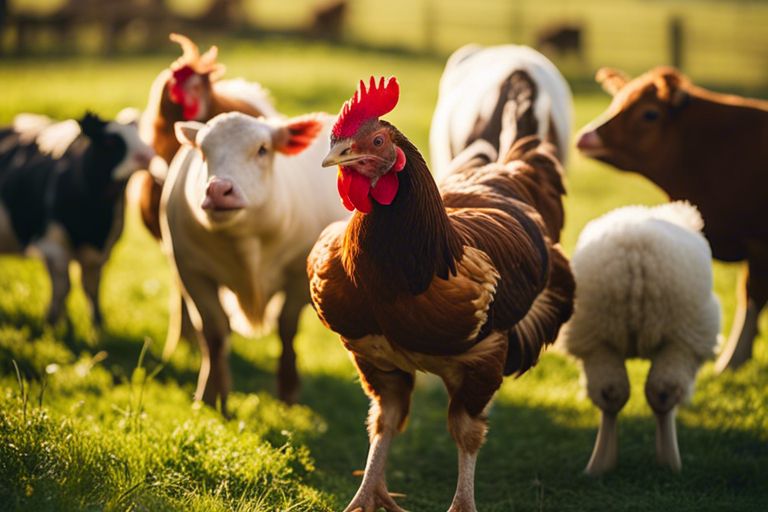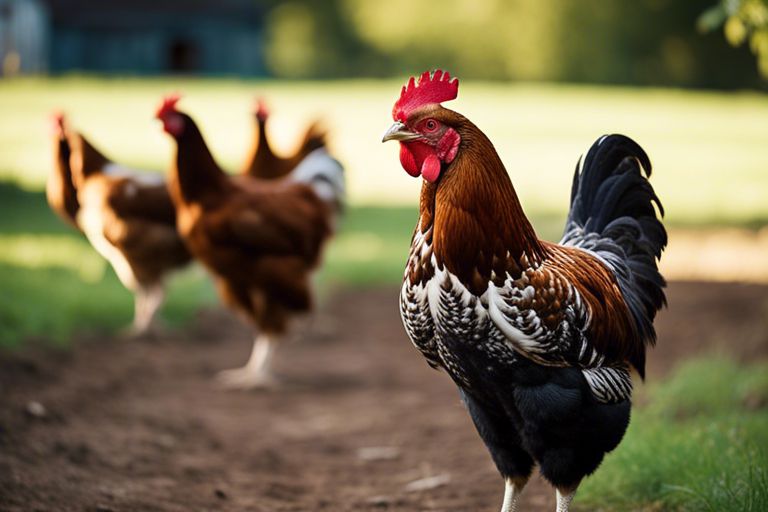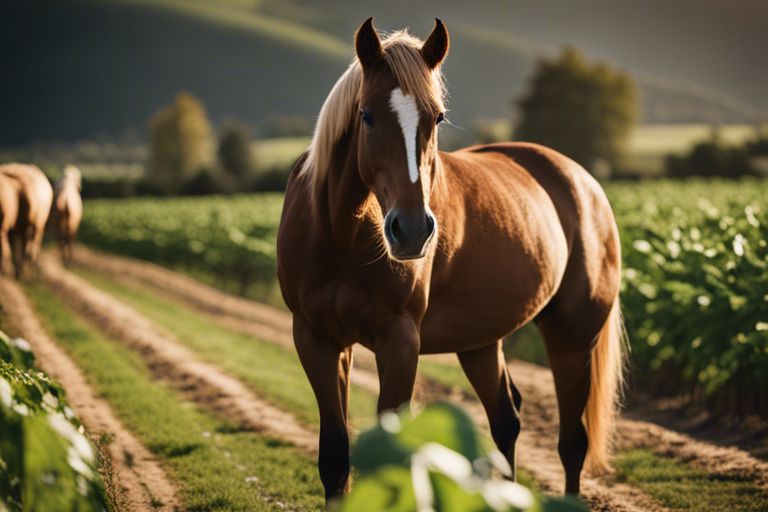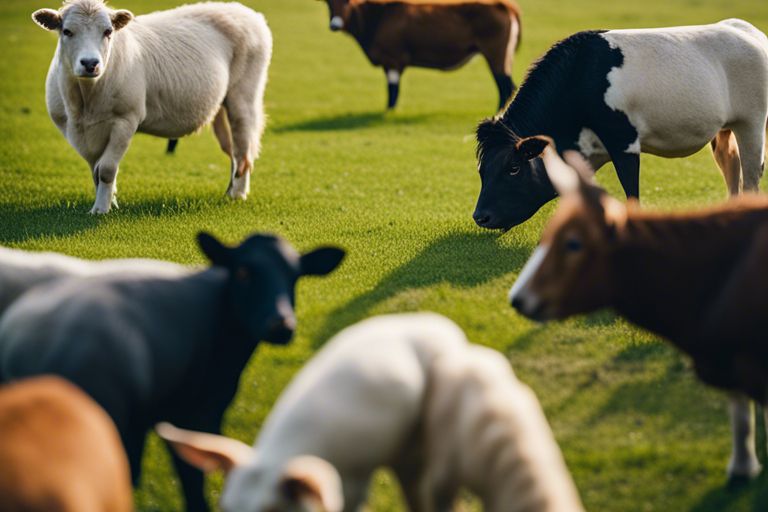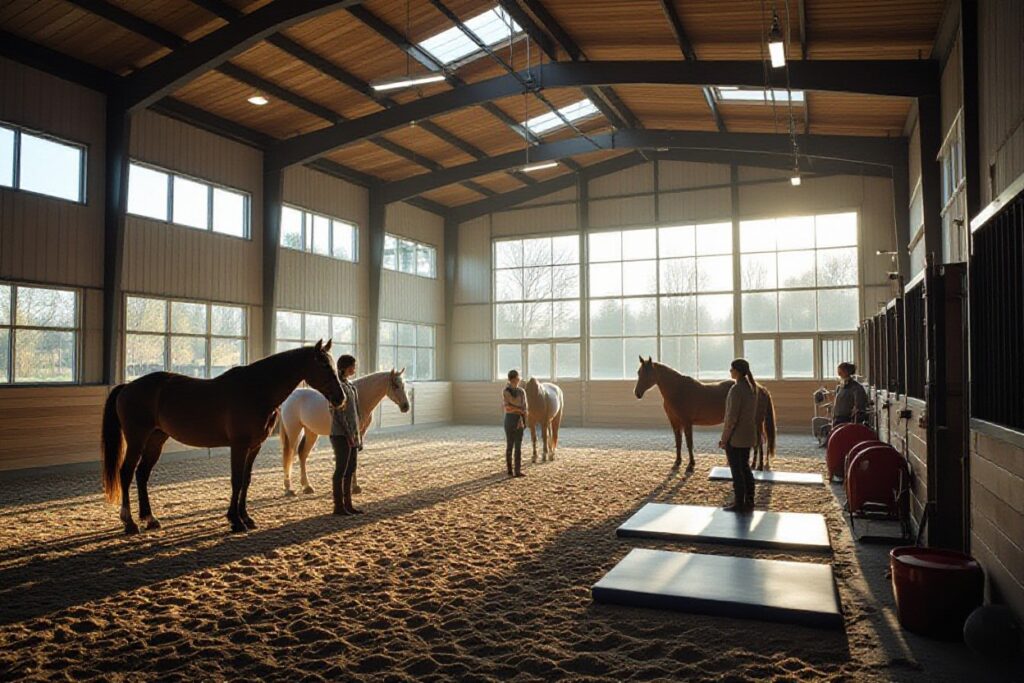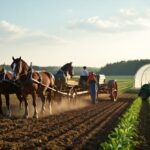It is crucial to recognize the significance of heritage livestock breeds in preserving genetic diversity and cultural heritage. These breeds have a long history of adaptation to specific environments and traditional farming practices, making them valuable assets in sustainable agriculture. As we explore into the world of heritage livestock breeds, we uncover their unique characteristics, contributions to biodiversity, and the crucial role they play in our agricultural landscape. Join us as we explore the importance of these breeds and why their preservation is crucial for the future of farming.
Historical Development of Heritage Livestock
Domestication and Breed Formation
To truly understand heritage livestock breeds, one must first explore into the domestication and breed formation process. Livestock species such as cattle, sheep, goats, and pigs were domesticated thousands of years ago by early human societies. Through selective breeding based on desirable traits such as meat production, milk yield, and adaptability to different environments, distinct livestock breeds emerged.
Evolution of Livestock Breeds through Agriculture History
Any discussion on heritage livestock breeds is incomplete without exploring their evolution through agricultural history. Over centuries, as agriculture practices evolved, so did the livestock breeds. Certain breeds were developed for specific purposes such as draught animals for labor, while others were bred for their meat or wool characteristics. This continuous refinement led to the creation of diverse and specialized livestock breeds that we recognize today.
To gain a deeper understanding of the evolution of livestock breeds through agriculture history, it is important to study the environmental factors, technological advancements, and cultural influences that shaped the development of these breeds. Each breed’s unique traits and characteristics are a testament to the interconnected history of humans and livestock, highlighting the importance of preserving these heritage breeds for future generations.
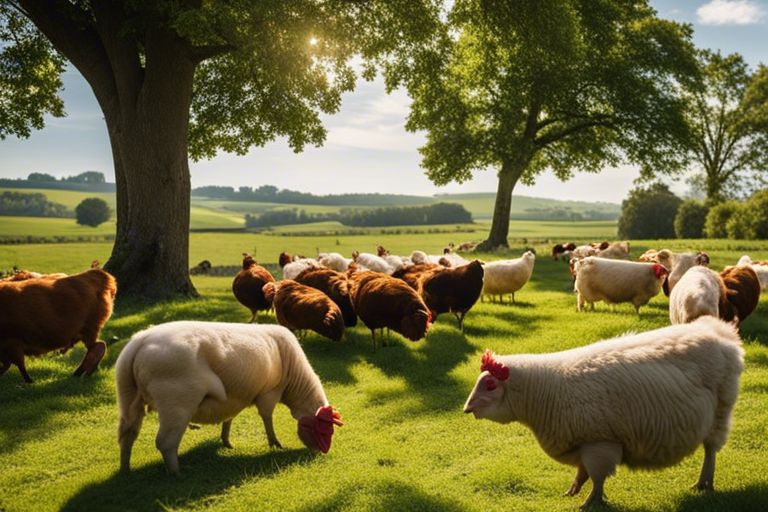
Characteristics of Heritage Livestock
Genetic Diversity and Traits
Now, let’s explore into the crucial characteristics that define heritage livestock breeds. Genetic diversity plays a crucial role in these breeds, as they have maintained their original traits and characteristics over generations. These animals exhibit specific traits such as hardiness, fertility, and disease resistance, which have been honed through natural selection and traditional breeding practices.
Adaptations to Local Environments
Heritage livestock breeds have adapted exceptionally well to their local environments, making them well-suited for a range of climates and landscapes. Their ability to thrive in diverse conditions is a testament to their resilience and suitability for sustainable farming practices. These animals have evolved over time to efficiently utilize native resources and withstand environmental challenges.
Additionally, these breeds often exhibit unique physical characteristics that make them well-adapted to their specific environments. For example, certain heritage cattle breeds have developed superior heat tolerance or cold resistance, allowing them to thrive in different regions without the need for excessive intervention or specialized care.
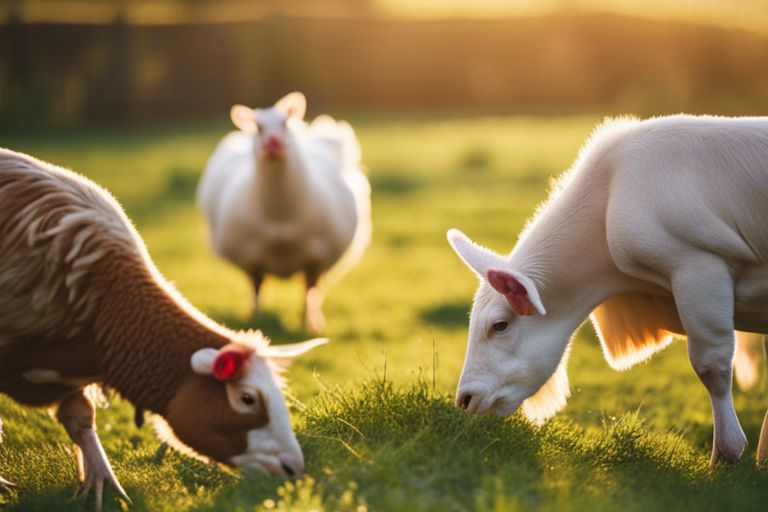
Conservation and Preservation Efforts
Role in Biodiversity and Ecosystems
Many heritage livestock breeds play a crucial role in maintaining biodiversity and preserving ecosystems. These breeds have adapted to specific environmental conditions over generations and possess unique genetic traits that are valuable for future breeding programs. By conserving these breeds, we are safeguarding genetic diversity and ensuring the resilience of our agricultural ecosystems.
Strategies and Initiatives for Protecting Heritage Breeds
Efforts are being made globally to protect and preserve heritage livestock breeds. Various organizations, government agencies, and farmers are collaborating to establish conservation programs, breed registries, and gene banks. These initiatives aim to raise awareness about the importance of heritage breeds, provide support for breeding programs, and facilitate research on genetic conservation strategies.
An important aspect of conserving heritage breeds is to encourage sustainable farming practices that promote the maintenance of diverse genetic resources. Breed organizations often work closely with farmers to promote responsible breeding practices, genetic testing, and documentation of pedigree information to ensure the purity and diversity of these unique breeds.
This comprehensive approach to conservation and preservation not only highlights the importance of heritage livestock breeds but also underscores the need for concerted efforts to ensure their survival for future generations.
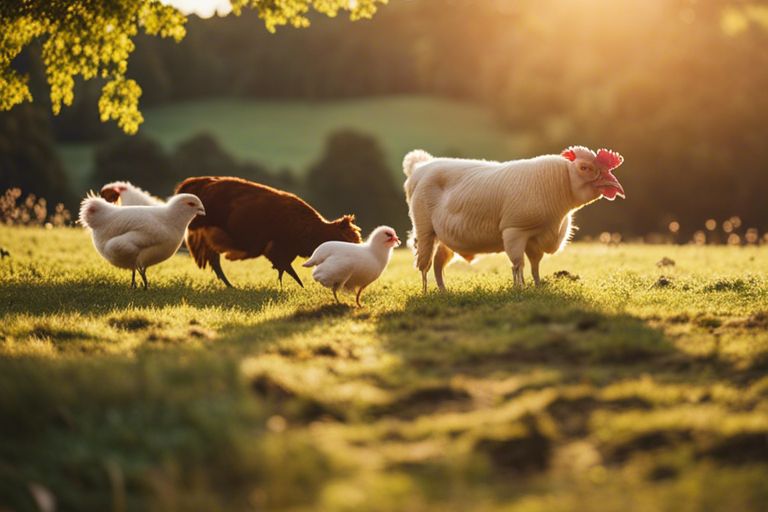
Heritage Livestock in Sustainable Farming
Contributions to Sustainable Agriculture Practices
Your sustainable farming practices can be greatly enhanced by incorporating heritage livestock breeds into your operation. These breeds have been selectively bred over generations to thrive in specific environments and are well-suited to sustainable farming methods. By integrating heritage breeds into your farm, you can improve biodiversity, reduce reliance on chemicals, and promote genetic diversity in livestock populations.
Economic and Cultural Benefits to Rural Communities
Practices that support heritage livestock breeds also bring significant economic and cultural benefits to rural communities. By raising heritage breeds, farmers can access niche markets for their products, such as specialty meats and wool. Additionally, preserving these breeds helps to maintain a connection to agricultural traditions and heritage, enriching the cultural fabric of rural areas.
Economic: Preserving heritage livestock breeds can provide economic opportunities for rural communities. By marketing products from these unique breeds, farmers can access premium markets and increase revenue. Furthermore, heritage breeds contribute to the cultural identity of rural areas, attracting tourists interested in traditional farming practices and heritage breeds.
Conclusion
So, understanding heritage livestock breeds and their importance is crucial for preserving genetic diversity, promoting sustainable agricultural practices, and safeguarding cultural heritage. These breeds play a vital role in maintaining resilient livestock populations, adapting to changing environments, and ensuring future food security. By supporting and conserving heritage livestock breeds, we can protect valuable genetic resources, promote biodiversity, and honor the historical significance of these animals in our shared agricultural heritage.
FAQ
Q: What are heritage livestock breeds?
A: Heritage livestock breeds are traditional breeds of livestock that were raised by our ancestors for centuries. These breeds are well-adapted to specific environments and possess unique characteristics that make them valuable in agriculture.
Q: Why are heritage livestock breeds important?
A: Heritage livestock breeds are important because they play a crucial role in preserving genetic diversity in livestock populations. They also contribute to sustainable agriculture and food security by offering resilience to environmental changes and diseases.
Q: How are heritage livestock breeds different from commercial breeds?
A: Heritage livestock breeds are different from commercial breeds in that they have been bred for specific traits that are well-suited to local conditions. They often have a long history of adaptation and are valued for their hardiness, fertility, and unique qualities.
Q: What are some examples of heritage livestock breeds?
A: Examples of heritage livestock breeds include the American Milking Devon cattle, Gulf Coast Native sheep, Ossabaw Island hog, and San Clemente Island goat. These breeds have been raised for generations and continue to play important roles in sustainable agriculture.
Q: How can we support the conservation of heritage livestock breeds?
A: One way to support the conservation of heritage livestock breeds is to promote awareness about their importance and encourage their breeding and use in agriculture. Joining organizations dedicated to heritage breed conservation and purchasing products from these breeds are also effective ways to help.
Q: What role do heritage livestock breeds play in sustainable agriculture?
A: Heritage livestock breeds play a crucial role in sustainable agriculture by offering genetic diversity, resilience to environmental changes, and the ability to thrive in specific conditions without the need for intensive inputs. They also contribute to preserving cultural heritage and traditional farming practices.
Q: Are there any challenges in conserving heritage livestock breeds?
A: Yes, there are challenges in conserving heritage livestock breeds, such as declining population numbers, loss of genetic diversity, and competition from commercial breeds. Lack of awareness and support, as well as changing agricultural practices, also pose threats to the conservation of these breeds.
